- Category
- War in Ukraine
Three Robots That Save Lives in Ukraine’s Minefields
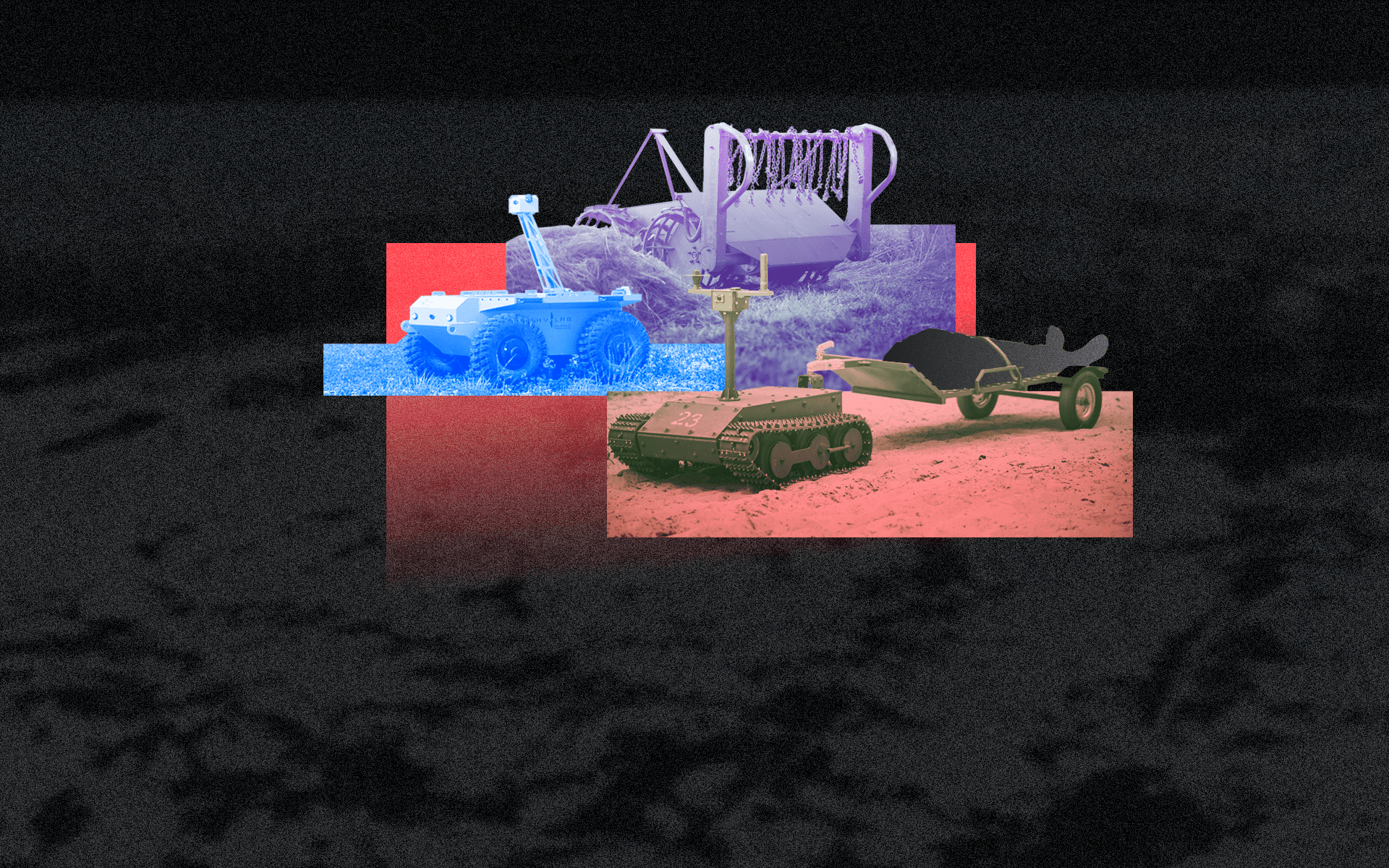
Demining is perilous work, often costing sappers their limbs. Robots are becoming crucial to change that—and save lives.
Russia’s invasion of Ukraine has left the country among the most heavily mined in the world. Nearly a quarter of Ukraine’s land—about 150,000 square kilometers—is riddled with deadly explosives, a task that could take decades to clear. Even this estimate may be hopeful, as WWII munitions, buried over 80 years ago, are still uncovered today.
Ukraine is now developing and testing advanced demining technology, hoping that the same innovation used in drone warfare can one day help clear the vast minefields left behind by Russia’s invasion.
Ukraine faces significant challenges. Demining requires time, resources, and trained sappers. Training takes time, and the work itself is dangerous, even with modern equipment. Russia’s war on Ukraine has long become one of drones and robots, using various automated systems. This experience could be pivotal for humanitarian missions, especially demining.
Unmanned ground vehicles are becoming a vital part of Ukraine’s battlefield toolkit. UNITED24 is currently fundraising for three demining robots: ZMIY, UGV SIRKO-S1, and KNLR-E. Here’s what these machines can do.
ZMIY Ground Demining Complex
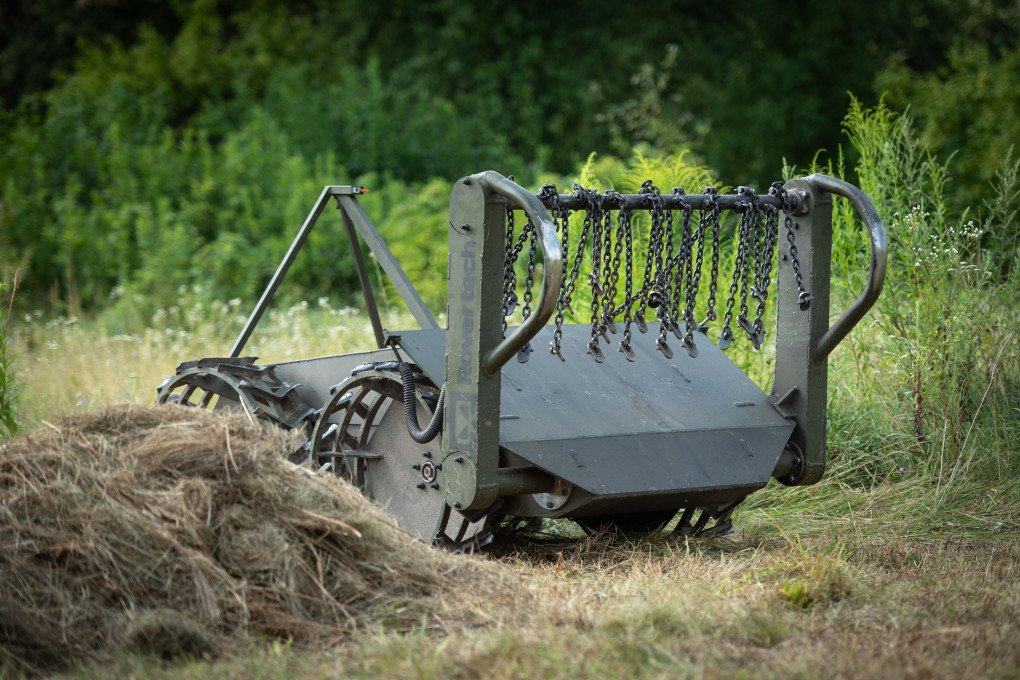
Built by RoverTech in 2023, the ZMIY (lit. “snake”) robot is a direct answer to Ukraine’s new war reality. Armed with a front-mounted rotor and weighted triggers, it activates and clears mines as it moves forward, neutralizing:
Anti-personnel mines
Anti-tank mines
Tripwire mines
ZMIY can clear about 2 hectares of land per day. It’s armored to withstand drone attacks, and damaged parts can be replaced within 30 minutes, avoiding lengthy repairs. With its powerful engine, ZMIY can even be used as a tow vehicle for military transport. Another advantage is its protection from electronic warfare (EW), as ZMIY can be remotely operated from up to 1 km away. In cases of intense EW interference, it can be operated via a cable, neutralizing EW impacts.
The robot is certified and has successfully passed testing.
UGV SIRKO-S1 Remote Controlled Platform
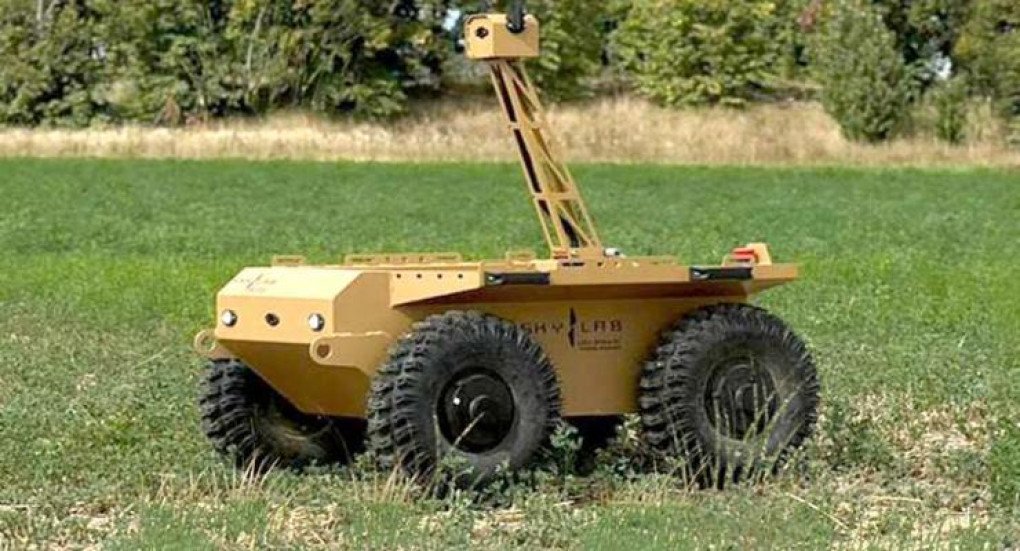
The SIRKO-S1 is a highly adaptable robotic platform built to tackle multiple missions, including:
Reconnaissance: Outfitted with a camera, it can operate up to 2.5 km (1.5 miles) away from the operator—or extend beyond 5 km (3.1 miles) with a signal repeater.
Logistics: Capable of carrying loads up to 200 kg, it reaches speeds of 12 km/h (7.5 mph) with a battery life of up to two hours.
Medical evacuation: Equipped to transport wounded personnel to safety.
Demining: With specialized equipment for clearing explosives.
SIRKO-S1’s advantage lies in its multi-purpose design. Units equipped with this machine can adapt it for various missions without needing different equipment, providing a unified solution.
KNLR-E Multi-Purpose Tracked Platform
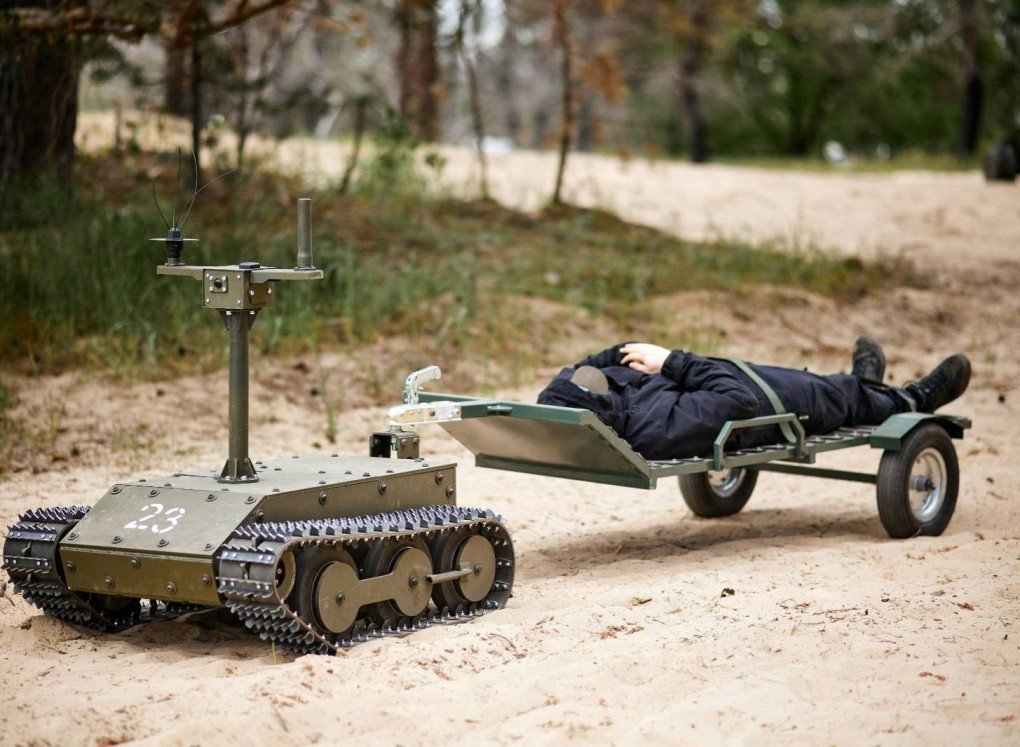
Another multi-functional robot, the KNLR-E, can perform several tasks simultaneously, including:
Medical evacuation: Equipped with an attachable cart for safely transporting wounded personnel off the battlefield.
Ammo and supply delivery: Built to transport ammunition and essential supplies directly to the front line.
Remote demining: Operates from a safe distance to clear mines and ensure secure passage.
The robot is fully armored, enabling it to operate under enemy fire as a demining vehicle. KNLR-E has been in use on the front lines for nearly a year under real—not test—conditions and has gained positive reviews from the military. For demining, one useful function allows it to follow a set route based on predefined coordinates. The main challenge is scaling the technology.
Ukrainian tech companies are increasingly focusing on minefield clearance. The country now has dozens of manufacturers developing robots for critical tasks like robotic logistics, demining, and reconnaissance. The aim: to replace human involvement wherever possible, saving lives and lightening the load. Transporting munitions, for example, is no easy feat—they’re heavy, hazardous, and challenging to move in bulk near the front lines. Robots can take on these tasks, along with many others.

-29a1a43aba23f9bb779a1ac8b98d2121.jpeg)
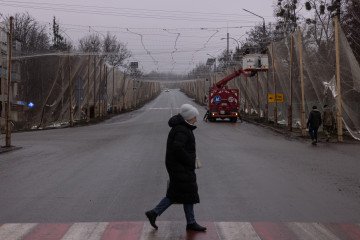
-f88628fa403b11af0b72ec7b062ce954.jpeg)
-b63fc610dd4af1b737643522d6baf184.jpg)

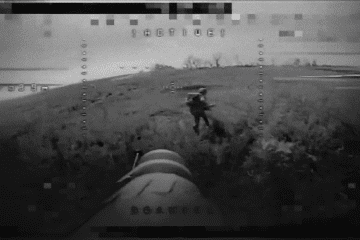
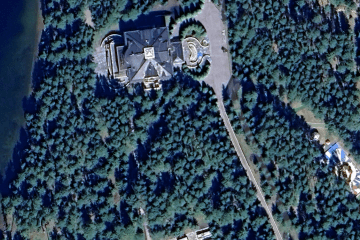
-24deccd511006ba79cfc4d798c6c2ef5.jpeg)